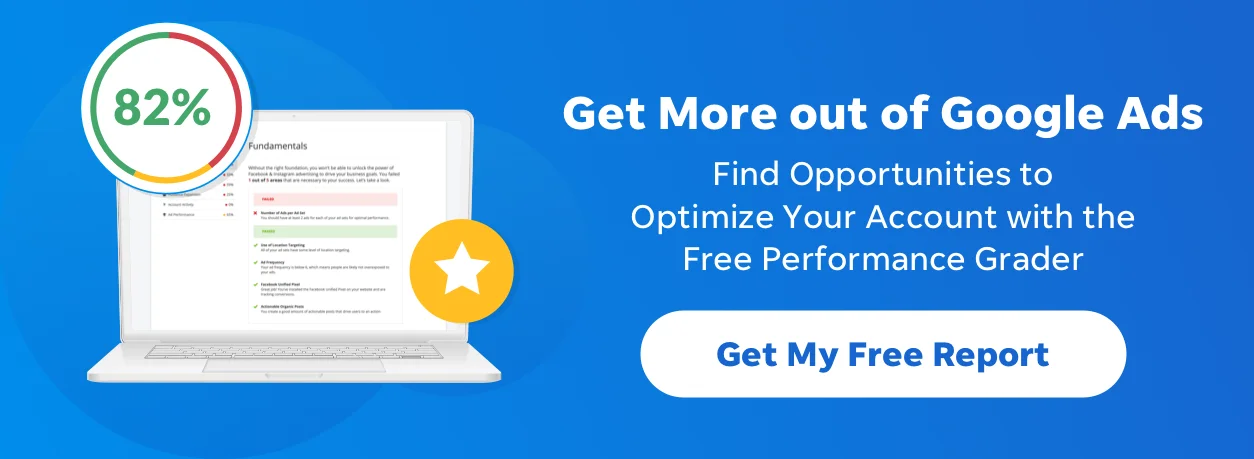
What is Whois Tracker and Why We Need It?

WHOIS is an extensively used Internet record listing which shows who owns the domain and how to connect with them. It is the Internet Corporation for Assigned Names and Numbers ( ICANN) that regulates domain name registration and ownership. Whois records have proven themselves to be extremely beneficial and have evolved into an indispensable resource to maintain the authenticity of the registration process for domain names and the process of acquiring a website's owner.
What is in the Whois records?
A Whois record will contain all details of the individual, group, or business that registers a domain name. In general, every Whois record will include information like names and contact details of the registrant (who is the owner of the domain) as well as the contact and name of the Registrar (the business or entity who registered the domain name) The registration dates and the name servers latest update and expiration date. Whois records can also include technical and administrative contact details (which can be not always the person who registered the domain).
What are Whois Thick and Thin Models?
There are two types of data models to store Whois resource details:
Thin Model. Thin Whois lookup provides only the registrar's names servers and registration dates. For more information, a third search of the registrar's file is required to get the complete details about the ownership of domain names.
Thick Model. A thick Whois offers additional information beyond the information contained in a Whois record that is thin. The additional information typically includes contact (registrant administrative, registrant and technical) details. A lookup will give all the details regarding who is the owner of the domain, the location the domain is registered and the name servers it is using as well as the date it was registered, and the date it is due to expire.
It requires an enormous amount of time to locate Whois data because of the many Whois servers and registrars out there. DomainTools allows you to locate Whois information in one place. DomainTools' Whois Search is an excellent place to begin.
What is the value and purpose of the information contained within Whois?

The purpose and value of the data in the Whois system have changed in various ways throughout time, such as:
- Strengthening the security and stability and security Internet by offering network operators, computer incident response teams, and ISPs relevant contacts
- Regulating the registration status of domain names
- Supporting law enforcement officials who are participating in international and national investigations.
- Aiding in the fight against the abuse of technology for information and communication which includes illegal and other crimes motivated by racism, hatred, discrimination and violence hate, xenophobia and other forms of intolerance, all forms of child abuse such as child pornography, paedophilia and exploitation human trafficking.
- Supporting inquiries as well as the required actions to conduct trademark clearances and identify intellectual property infringements theft, misuse and theft according to relevant international treaties and the laws of your country.
- Helping businesses, users and organizations to fight fraud and protecting the public interests
- Maintaining the trust of users on the Internet as a secure and reliable method of communication. This is accomplished by helping users determine which individuals or entities are accountable for the services and online content
- Identifying spammers or malicious behaviourists
What is the accuracy of Whois data?
The information in the Whois records is given when a domain is registered. In time, things can change and the information is outdated. ICANN demands that domain registrants have the option of updating their contact information. Each registrar offers slightly different ways to update the information on the Whois record.
It is generally done by accessing information about your account on the website of the registrar or through an agent from a call centre. Changes to Whois records can take some time (often around 24 hours) to become effective. Being able to access accurate, current Whois information makes it much easier to reach a registered user or administrator.
How is the privacy of Whois?
It is important to remember that there is no way to conceal that domain registration because anyone can access Whois to verify the status of the domain. According to the Internet Corporation for Assigned Names and Numbers (ICANN), contact details of the people who own and manage domain names should be made publically available through Whois directories. This includes postal addresses, telephone numbers and email addresses.
Certain domain registrars provide privacy-oriented registration (also called proxy services) where the registrar's contact information is displayed, but not the information of the person who registered. When you use the concept of "private registration" the company that provides the privacy service for domains is the domain registrant's contact details provided. It is important to remember that even when these services for privacy are utilized but it's not an assurance of absolute anonymity. Registry companies may be required by law to divulge personal information.
Some privacy concerns are associated with specific domain extensions, like .us and .ca domains. In March 2005, there was a change in the National Telecommunications and Information Administration (NTIA) announced that all users of .us domains won't be able to privatize their personal information, and they must make it publicly accessible. In June of 2008, it was announced by the Canadian Internet Registration Authority no anymore published information about domain registrations for .ca domains. However, companies and organizations are still required to publish details.
